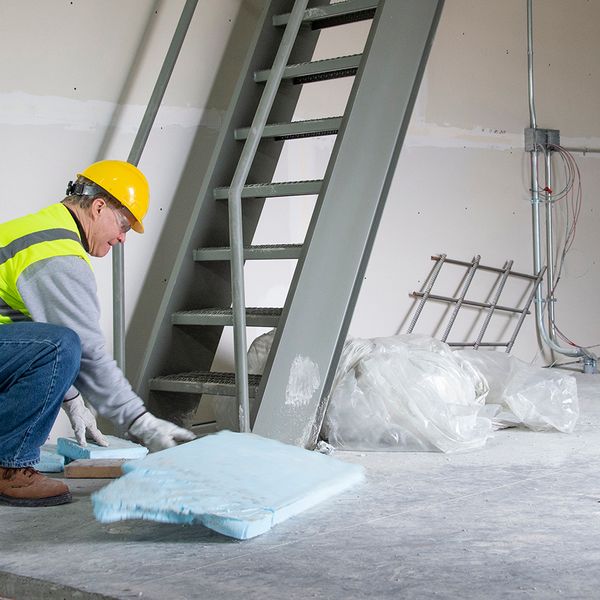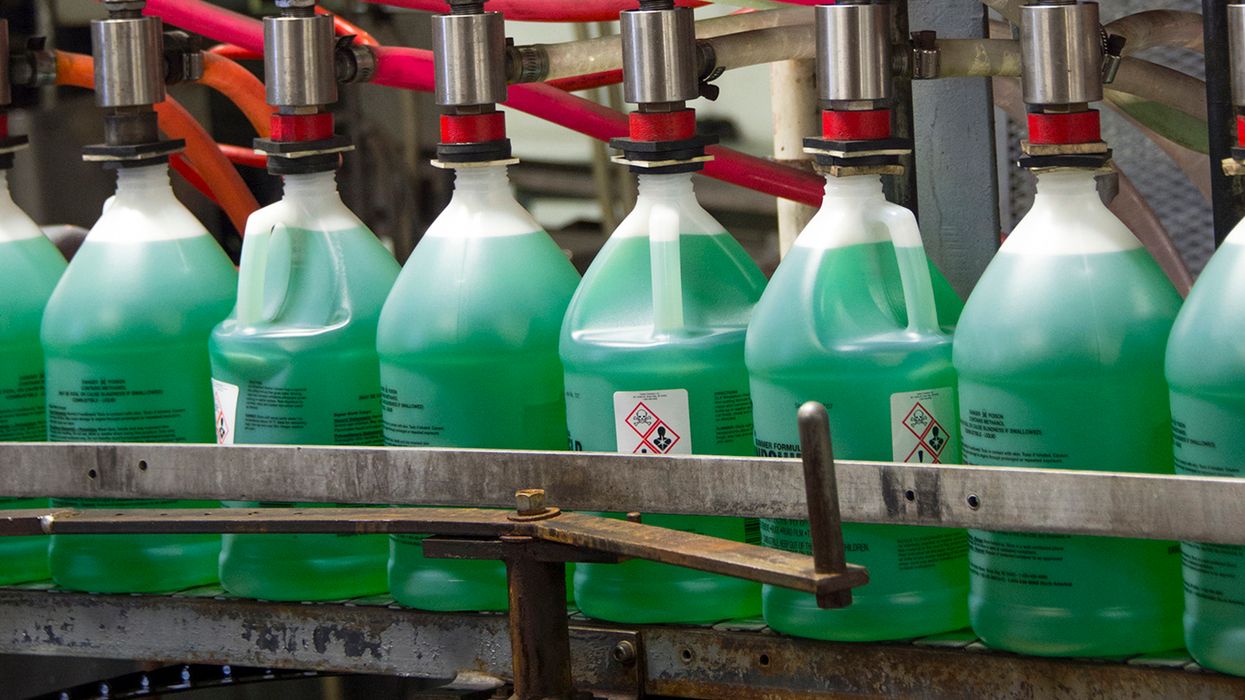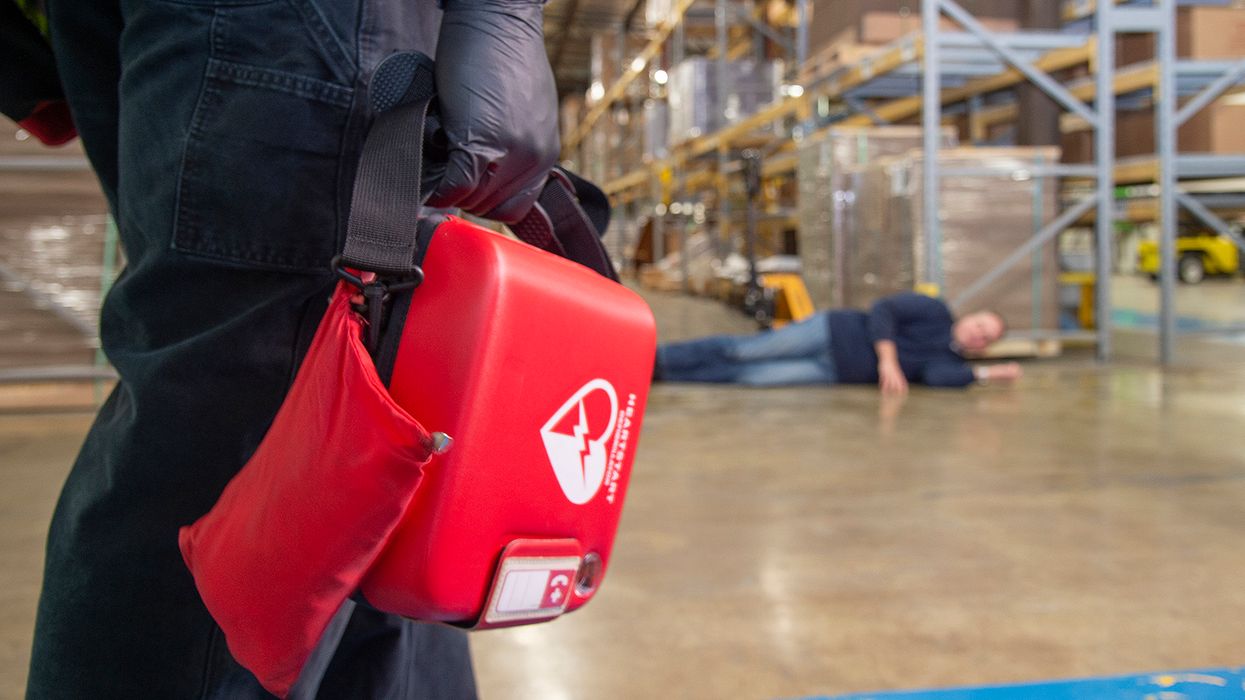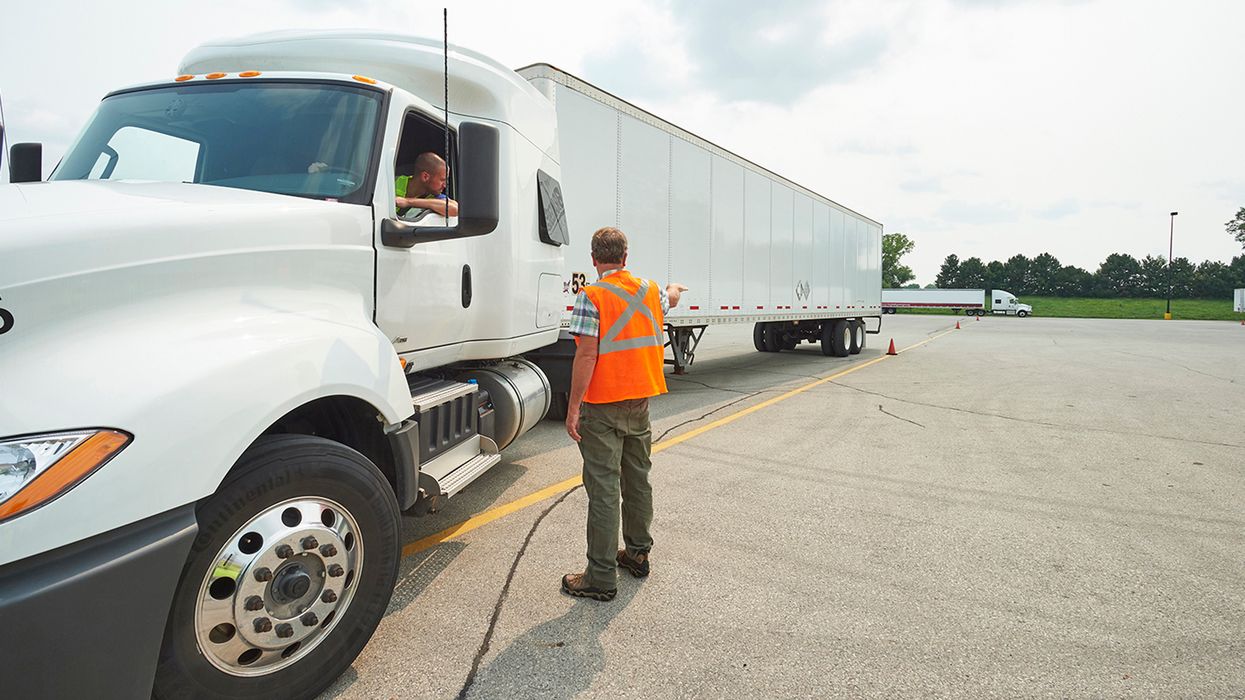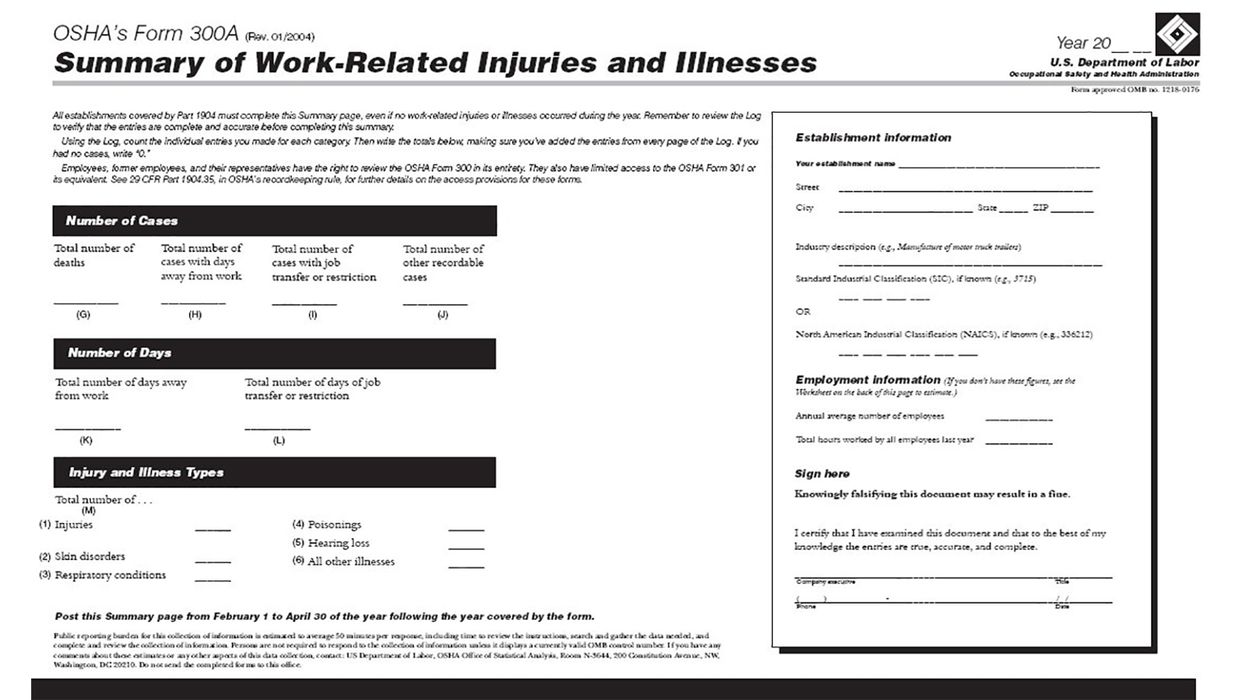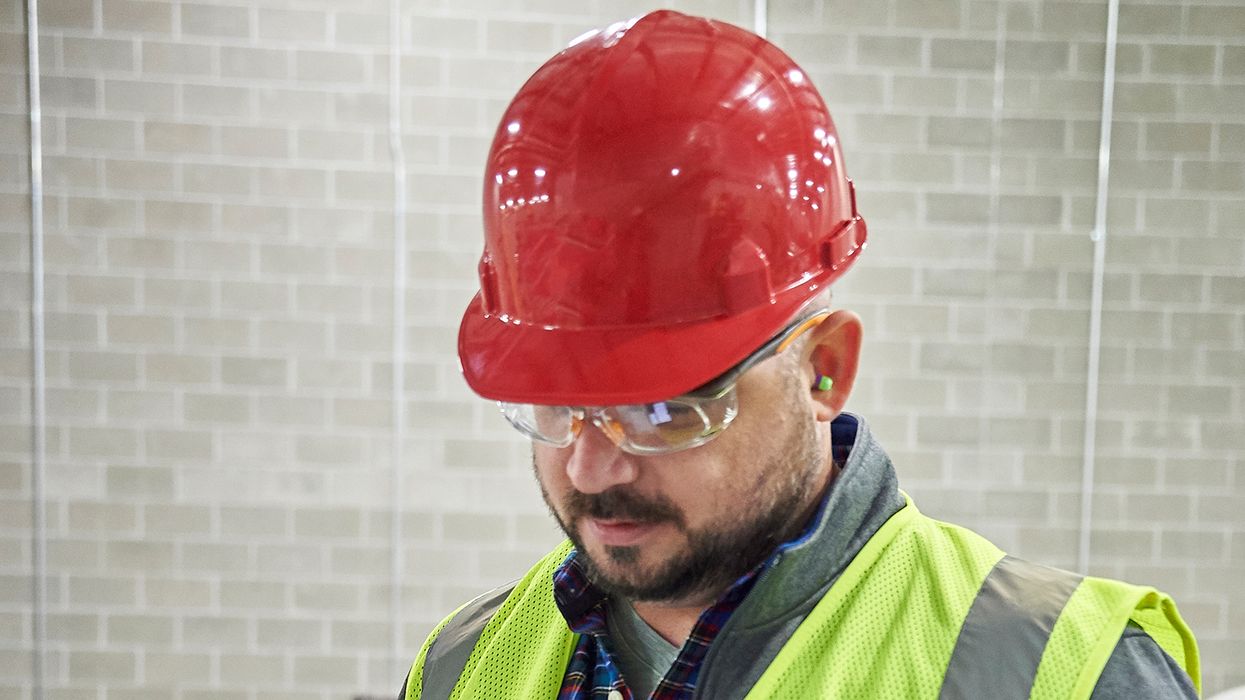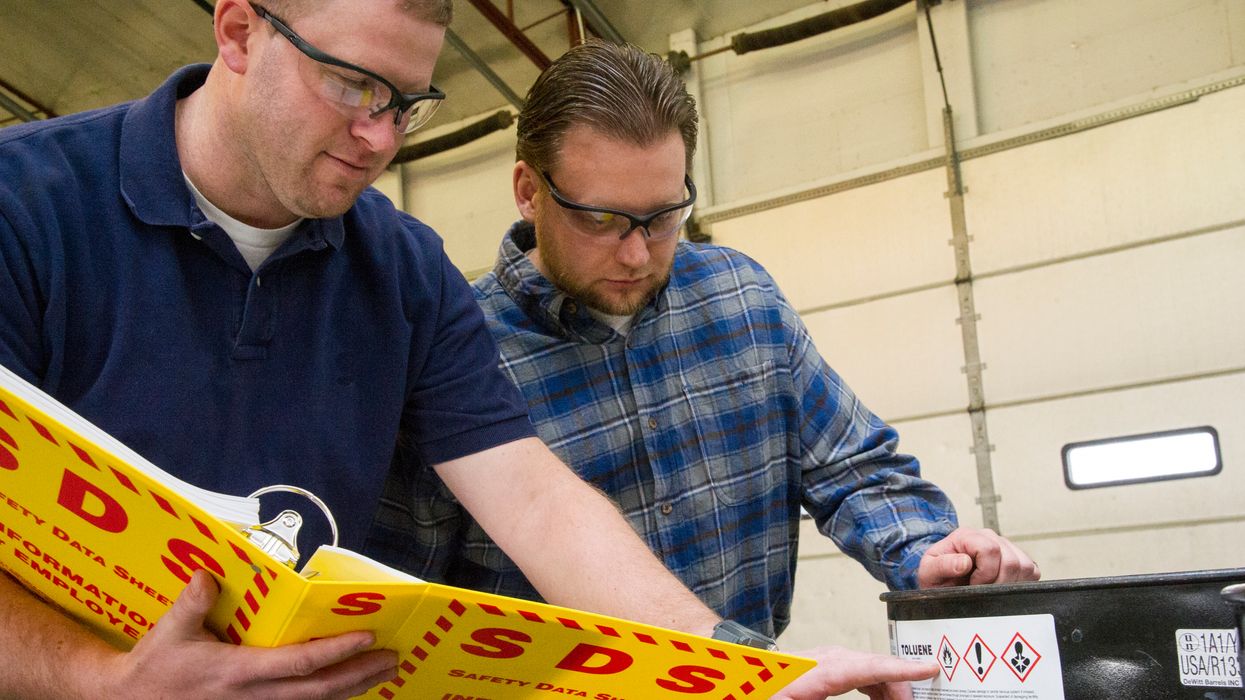Identify what jobsite activities lead to injuries
Most jobsite activities involve movement and physical effort. The key to protecting employees is identifying when they could lead to injuries. Perform a job safety analysis to identify contributing factors on your jobsite to determine which work activities may cause problems and what to do about them.
Contributing factors
Contributing factors include:
- Awkward postures,
- Repetitive motions,
- Forceful exertions,
- Pressure points (local contact stress),
- Vibration, and
- Environmental factors.
When identifying contributing factors, keep in mind that no one knows precisely:
- How many repetitions are too many?
- What degree of awkward posture is harmful?
- What duration of a task is too long?
- How much force is too much?
- What are the effects of combinations of these factors?
Since each person has different physical capabilities, the safe exposure level may vary for each worker. What is known is that the more time spent performing physically demanding or repetitive tasks, the more likely an injury will occur.
Both the total time per shift and the duration of each period can be factors. A solid 20 minutes of exposure to vibration might be worse than a series of one-minute exposures spread throughout the shift, even if the total time per shift exceeds 20 minutes.
When repetitive motions, forceful exertions, and other factors increase, so does the recovery time (the length and frequency of muscle relaxation breaks) needed to help reduce fatigue and prevent injury.
Minimize contributing factors as much as possible. The more contributing factors present, the more likely an injury will occur. Identifying them requires evaluating each jobsite task.
Job safety analysis
There are many ways to analyze jobs and identify contributing factors. Some methods are simple, and others require detailed analysis and sophisticated equipment. A simple approach might involve using checklists, while a more comprehensive way breaks each job down into specific movements like reach and grasp.
Job analysis methods also vary according to the type of work they address. Some focus on work area design, while others are specific to types of work, like materials handling. Still, others focus on the work environment, like lighting and temperature extremes.
No matter what method you use, identifying potential problems is essential to coming up with improvements.
Identifying contributing factors can be done in three simple steps:
- Look for clues. Try to identify jobs that may be causing problems by looking around the jobsite, talking to workers, and looking for early warning signs.
- Prioritize the tasks in each job. Ask workers how challenging the task is and how often they perform it. Asking this allows for the comparison of different tasks and prioritizes those with the highest risk.
- Observe the work. Each job task may have contributing factors, and injuries commonly occur from a combination of factors in multiple tasks. Also, talking to workers who perform the work can provide valuable information about improving the job.
This three-step system is inexpensive and straightforward. Different approaches address specific jobs, tasks, or jobsite work areas. If problems seem complicated or widespread, contact an ergonomics consultant or other expert.
Key to remember: Perform a job safety analysis to identify repetitive motions, forceful exertions, and other ergonomic issues leading to injuries.






